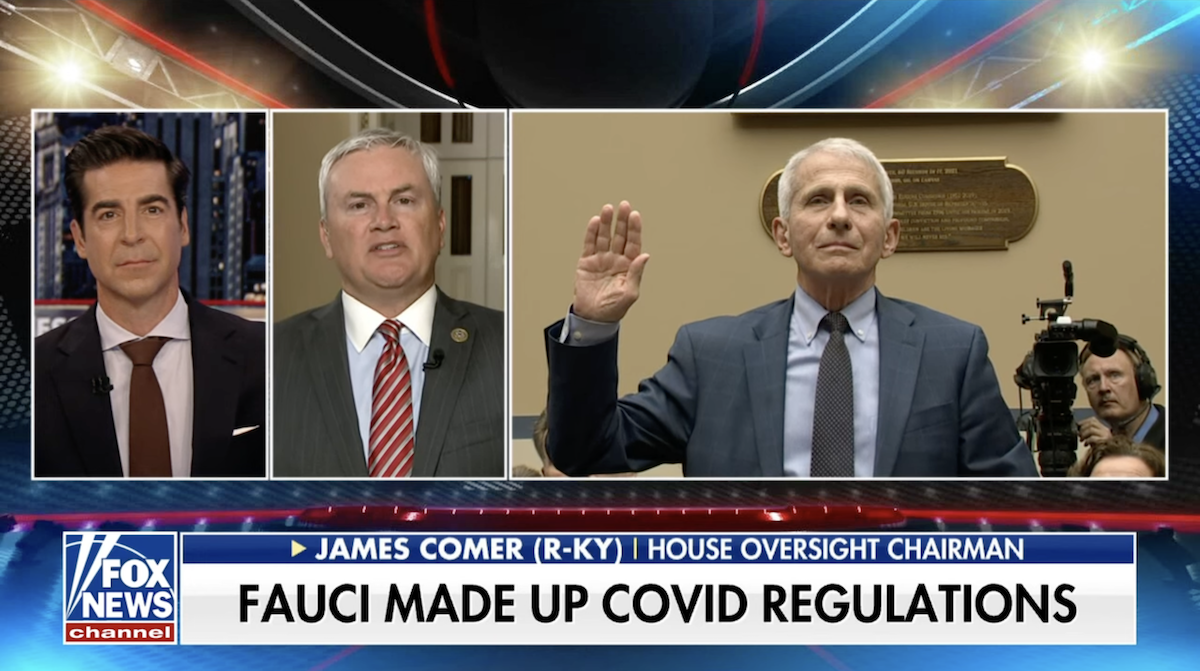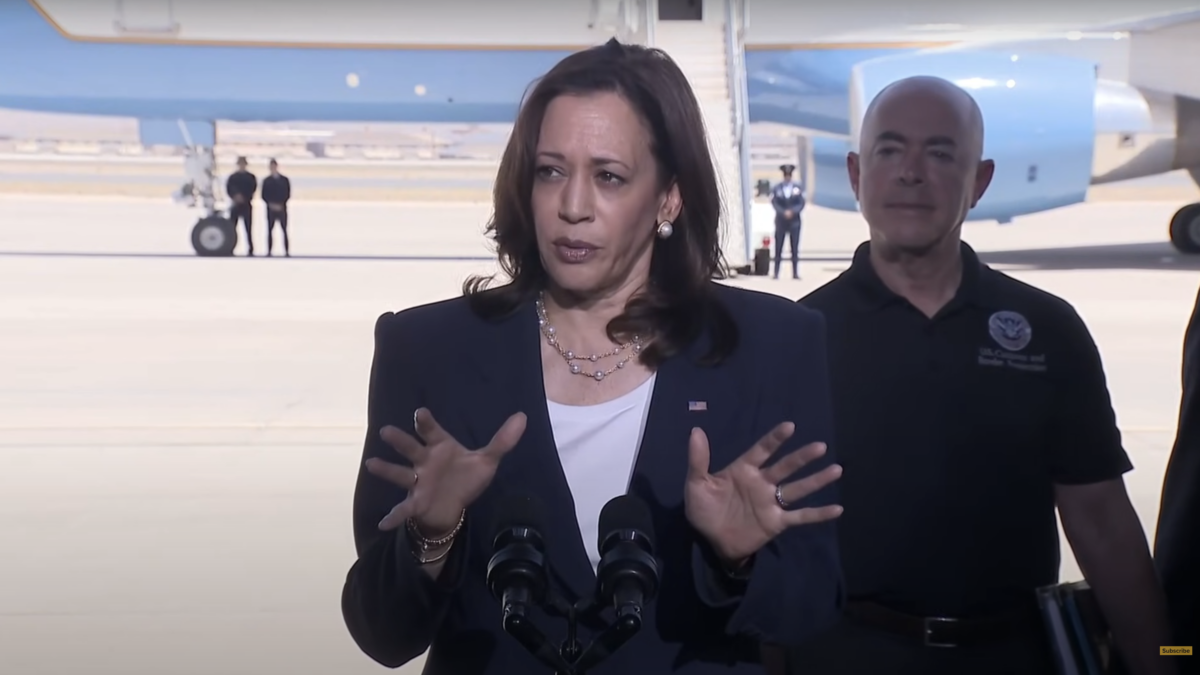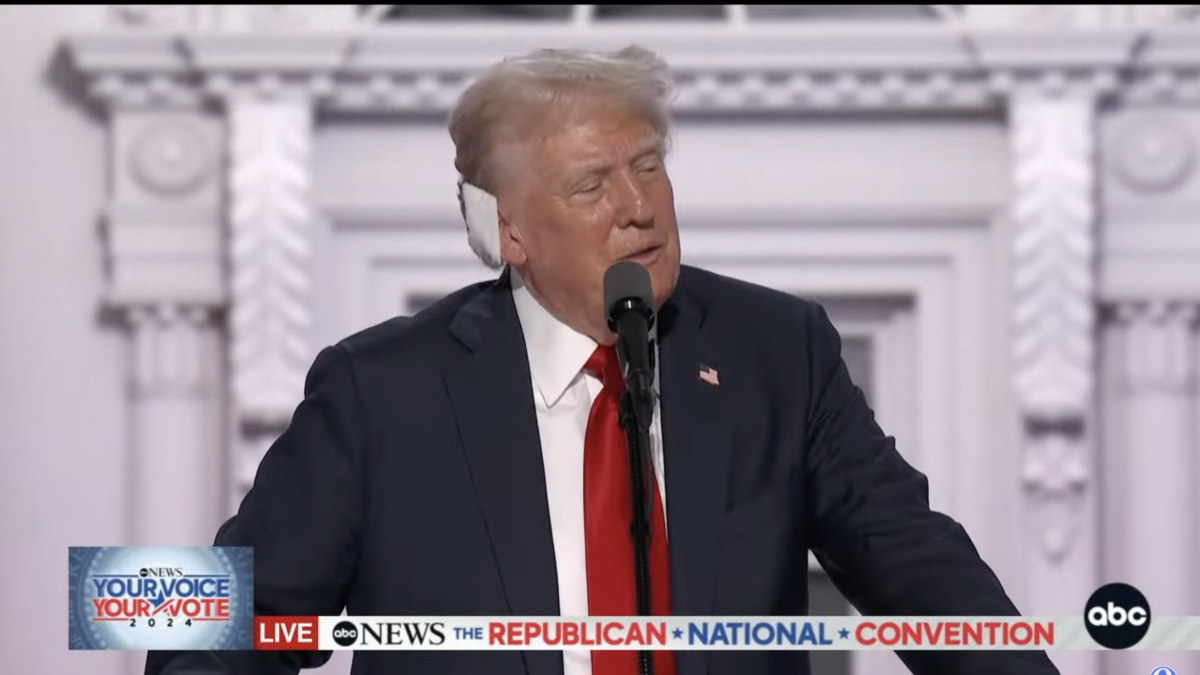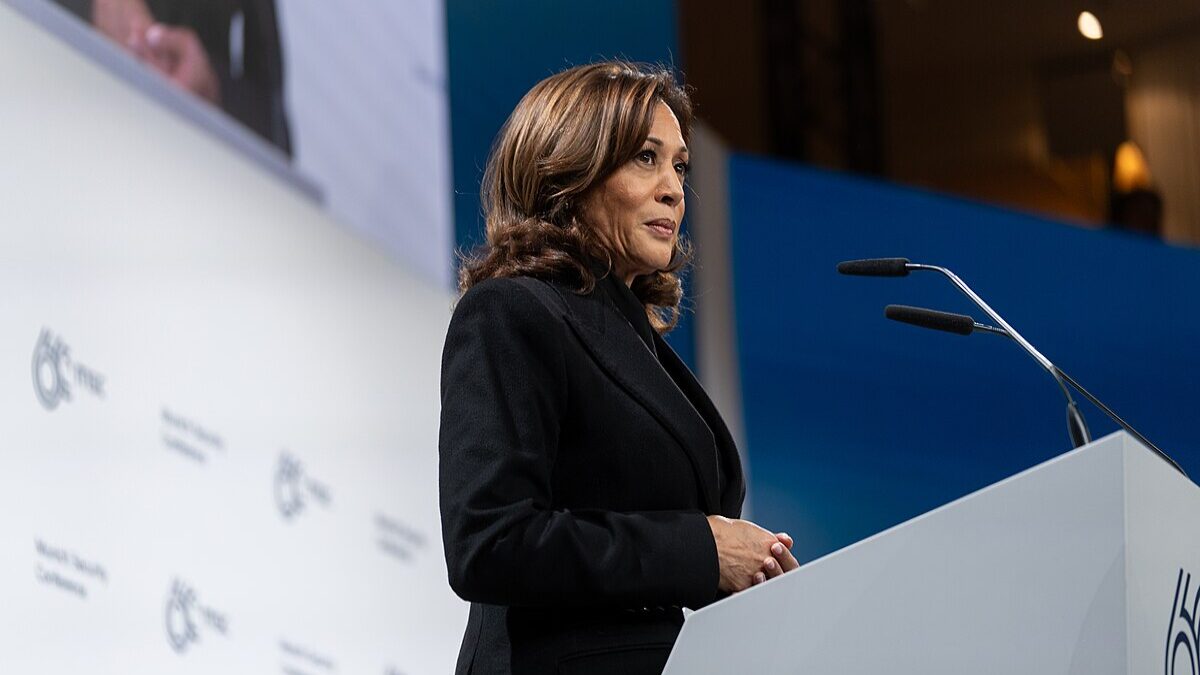China is reportedly experiencing an outbreak of respiratory disease. The rest of the world should be concerned because both China and the World Health Organization (WHO) have credibility issues based on their poor handling of the Covid-19 pandemic, and the current outbreak in China seems to hit children the hardest.
China has a history of covering up and delaying the sharing of crucial information about disease outbreaks. The two most recent examples were the Chinese government’s covering up of the 2003 SARS outbreak and the early days of the Covid-19 pandemic between late 2019 and early 2020. Yet the WHO is known to kowtow to the Chinese authorities and let Beijing dictate global health care messaging and critical decisions. For example, the WHO waited until Jan. 30, 2020, to declare the coronavirus outbreak a public health emergency of international concern. That declaration came after more than 200 deaths and close to 10,000 infections in China.
The Chinese government’s coverup and the WHO’s deference to China delayed other nations from taking adequate precautions. They thus missed the “golden period” of containing the spread of the coronavirus. Neither China nor the WHO have much credibility left after the Covid-19 pandemic.
China Fails to Warn the World Again
Unfortunately, neither China nor the WHO have learned their lessons. China has seen an increase in the hospitalization of children since May. Still, the Chinese authorities from the National Health Commission waited until Nov. 13 to announce an increase in the incidence of respiratory diseases. They downplayed the severity of it by claiming the surge was due to “the lifting of Covid-19 restrictions” and the circulation of “known pathogens such as influenza, mycoplasma pneumoniae (a common bacterial infection that typically affects younger children), respiratory syncytial virus (RSV), and SARS-CoV-2” (the virus that causes Covid-19).
China practically told the rest of the world that everything was fine and there was nothing to worry about. The WHO accepted China’s explanation without asking for additional information. Then, on Nov. 21, ProMED, an independent international disease surveillance system, alerted the world about “undiagnosed pneumonia” in China, especially among children in several northern cities. ProMED’s alert finally prompted the WHO to make a rare public request to Beijing on Nov. 22. The WHO asked for detailed clinic data from these reported clusters among children, among other information.
Two days later, WHO released a statement. It said the new data from China confirmed the Chinese authorities’ announcement that known pathogens caused the current outbreak. The WHO also said that other countries experienced a similar increase in respiratory disease after they lifted their Covid restrictions. Yet assurances from China and the WHO have failed to alleviate concerns.
Children Hit Hardest
Unlike Covid-19, which hasn’t affected children as much as it has adults, the current pneumonia outbreak has hit kids the hardest. Social media postings show images of sick children and health workers in hazmat suits disinfecting schools in China. The photos of overcrowded hospitals in some cities in northern China are reminiscent of the early days of the Covid-19 pandemic.
According to FTV News, a Taiwanese media outlet, “With the outbreak of pneumonia in China, children’s hospitals in Beijing, Liaoning, and other places were overwhelmed with sick children, and schools and classes were on the verge of suspension. Parents questioned whether the authorities were covering up the epidemic.”
The Chinese authorities attributed the surge in child hospitalizations to mycoplasma pneumoniae. Scientific America says M. pneumoniae is a bacterium that infects the lungs. “It is a common cause of ‘walking pneumonia,’ a form of the disease that is usually relatively mild and doesn’t require bed rest or hospitalization,” the paper claimed. Therefore, foreign experts found the increase in hospitalization and the pattern of infections among Chinese children “unusual.”
‘Immunity Debt’ and Antibiotic Resistance
Annie Sparrow, a practicing clinician and associate professor at the Icahn School of Medicine at Mount Sinai, pointed out in her piece in Foreign Policy that “one contributing factor to the severity of this outbreak may be ‘immunity debt.’ Around the globe, Covid-19 lockdowns and other non-pharmaceutical measures meant that children were less exposed to the usual range of pathogens.” Thus, their immune systems might have been compromised.
According to Scientific America, another contributing factor to the severity of China’s outbreak is that the pathogen in China has developed resistance to antibiotics known as macrolides. “Studies show that resistance rates of M. pneumoniae to macrolides in Beijing are between 70% and 90%. This resistance might be contributing to this year’s high levels of hospitalization from M. pneumoniae because it can hinder treatment and slow recovery from bacterial pneumonia infections.” Annie Sparrow warned, “China could be incubating an even greater threat: the cultivation of antibiotic-resistant strains of a common, and potentially deadly, bacteria.”
What Happens in China Rarely Stays in China
We learned through the Covid-19 pandemic that what happens in China rarely stays in China. The Netherlands saw an uptick in pneumonia in children and young people since August. Denmark said mycoplasma pneumoniae infections among its youth have reached the epidemic level. Ohio has become the first state to report an increase in pediatric pneumonia in the United States.
The Chinese government returned to the same Covid-19 response tool kit, asking people to wear masks and keep their distance, though these measures were proven ineffective against the spread of Covid-19. While we have good reasons to be concerned about the current pneumonia outbreak in China, we must resist some politicians’ and health officials’ temptation to reimpose ineffective restrictions in the name of public health.
On a personal level, concerned parents should consult their children’s pediatricians about how best to prevent their children from getting M. pneumoniae or about the most effective treatment plan if their children get the disease.
On a national level, the Biden administration should learn from the preparation of the Taiwanese government. Taiwan successfully contained the spread of Covid-19 with a minimum number of infections and deaths. Recently, Taiwan’s Centers for Disease Control raised health alert levels at borders. The Food and Drug Administration has increased imports of a brand-name drug and expanded domestic production of generic medications that treat M. pneumoniae.
The Biden administration would be better off adopting Taiwan’s preparation plan than waiting for China to share information or the WHO to tell us what to do.







